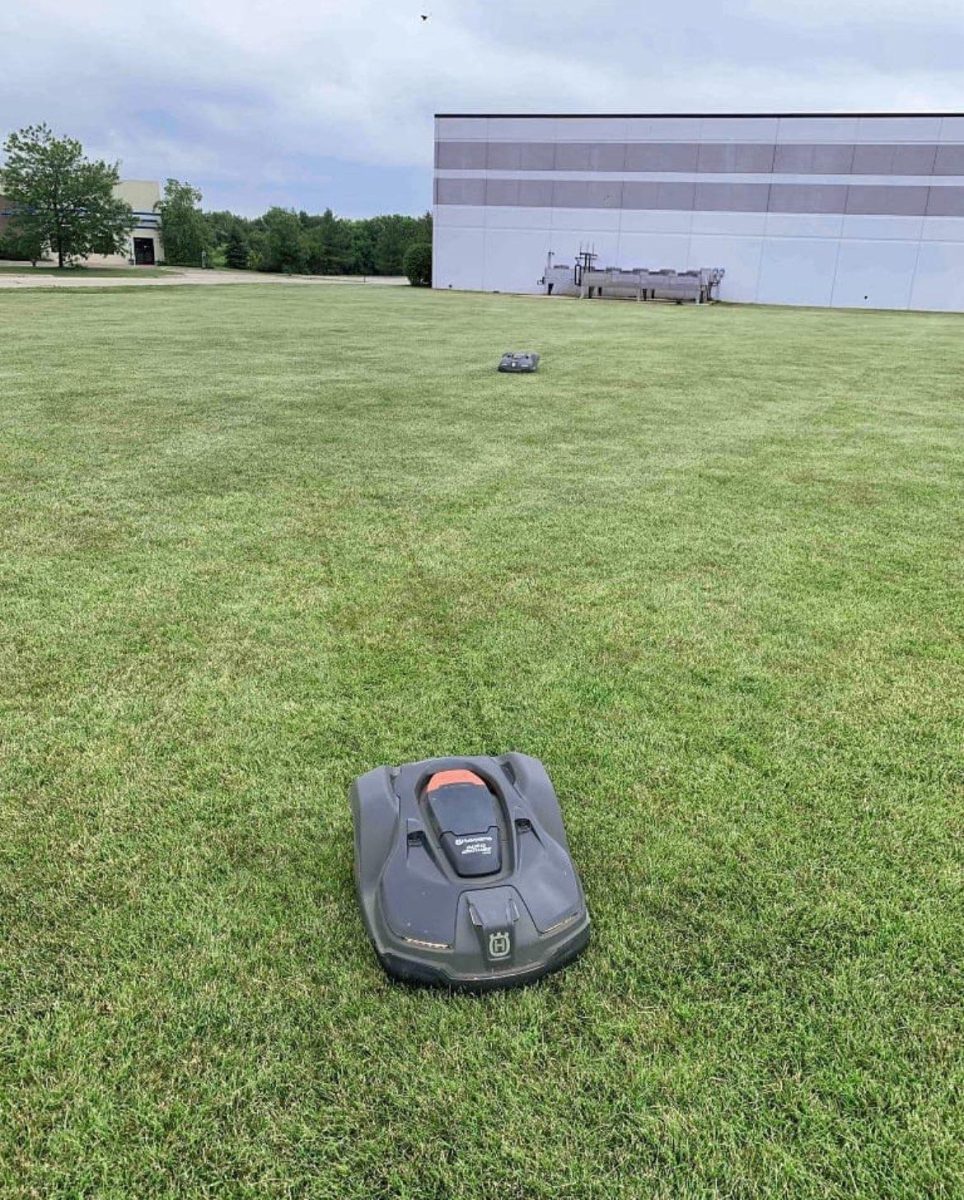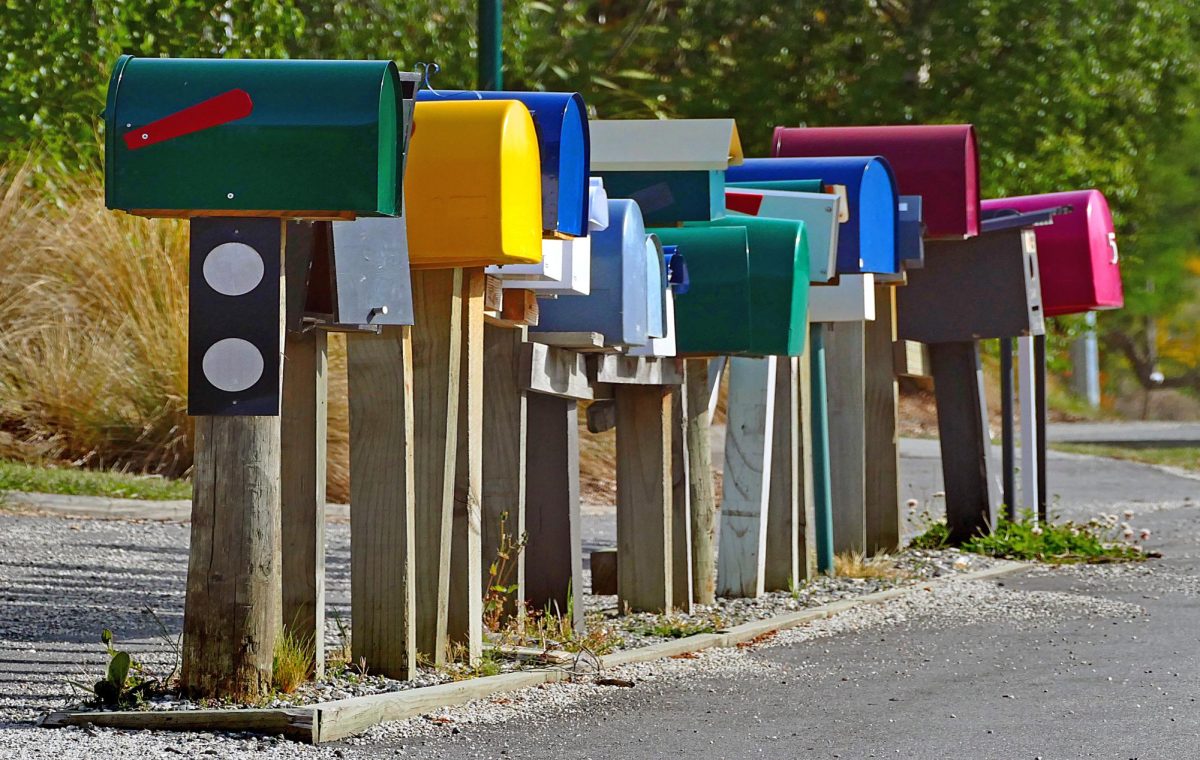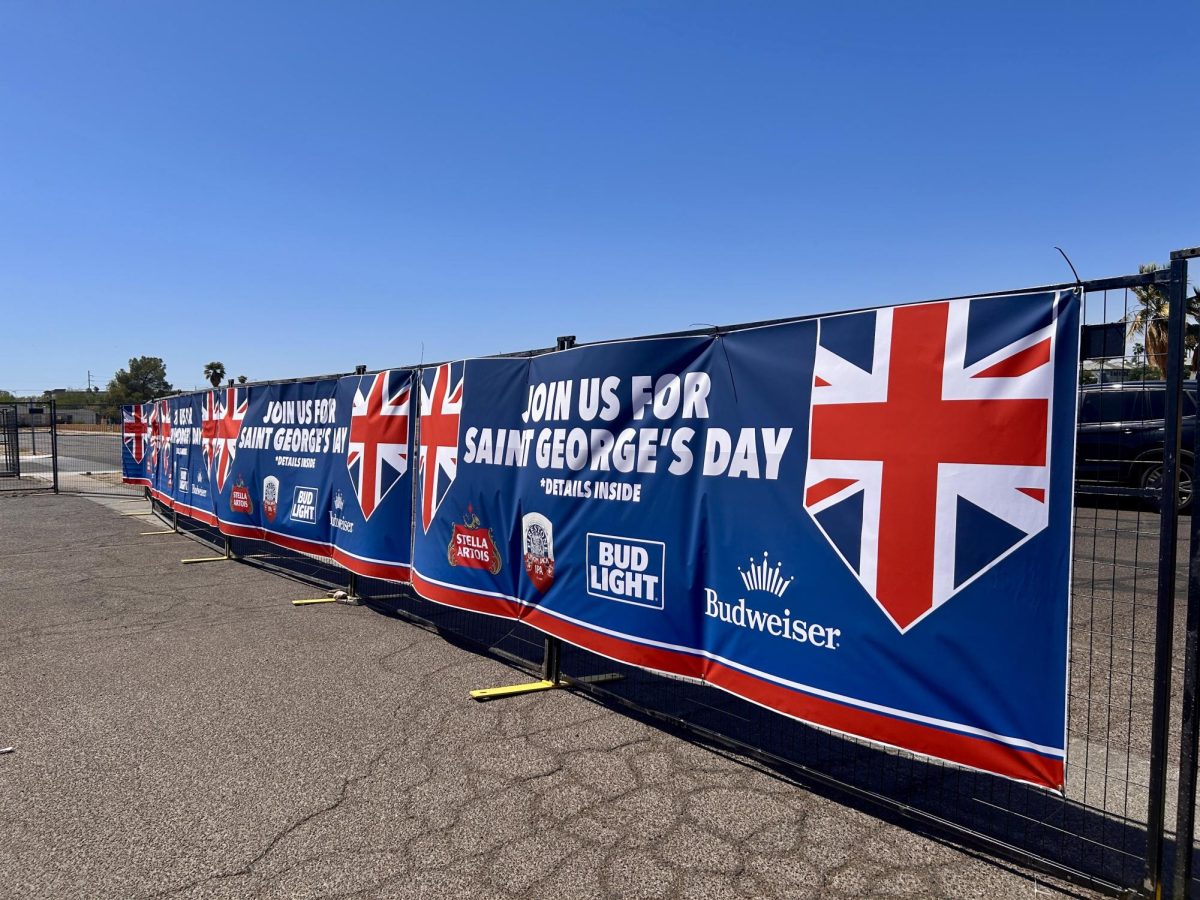All sports change and evolve.
From training techniques that make the athlete stronger and faster to changes in technology that make the games safer and allow the players to perform better.
Golf is no different. Advancements in ball and club technology let golfers hit the ball farther and courses subsequently became much longer.
What hadn’t changed very much until recently was the way golf courses were maintained and operated.
Reportedly, a number of golf courses in the Phoenix area, including the Phoenix Country Club, are beginning to utilize autonomous mowers to maintain portions of the course, primarily rough grass alongside the fairways.
In April, 2023, Desert Canyon Golf Course in Fountain Hills was even touted as the first course in the country to utilize a fleet of such mowers.
A number of companies including Husqvarna have entered the “robot mower” industry which seems to be quickly expanding.
According to a 2022 article at USGA.org autonomous mowers began to be developed in 2009 when Precise Path, a smaller company, introduced the concept but couldn’t make it commercially available until 2015.
The name of the first robot mower was RG3, and according to the report, facilities that used it were impressed by the new technology.
According to the same article, in early 2020, the parent company of Precise Path, MTD who owns Cub Cadet, was close to rolling out an upgrade to RG3, called RGX, but the project was suspended indefinitely, just before the product’s release.
Cub Cadet was not the only company to hop on the train though, as other well-known companies such as Toro and John Deere showed off their designs at the 2020 Golf Course Superintendents Association of America (GCSAA) Conference meeting.
Joe Langton, President and CEO of Automated Outdoor Solutions, sells autonomous mowers as well as a system that could replace human driving range attendants with mechanical ones. Langton explained that the AMS ball washing system gathers the balls and deposits them in a hopper where they are cleaned and returned to a distribution point.
“We carry Echo Robotics, Kress Robotics, and Husqvarna.” Langton said in a phone interview with Northeast Valley News. “I am the importer and distributor of a ball washing system… it’s the AMS ball washing system. The Echo robot actually drops golf balls into my ball washing system, and then we actually vacuum the balls up to 100 yards to a final destination.”
Langton told NEVN he works with numerous golf courses, in several states.
“I work with multiple golf courses…we’re in several states, so I have clubs in Nebraska, California, Texas, Illinois, Wisconsin, Michigan, Florida, so we’re in eight states right now.” Langton said. “We basically travel around the country; I was in Florida Saturday and I’m in Wisconsin today. We travel around the country, and we install these systems… not only do we install them, but we service them, and that’s what makes our company unique is—everything we install we provide all the aftercare.”
David Collier, a shareholder and director of sales of Firefly Automatix, had seen a rise in the industry.
“The slow trend has been happening for the past four or five years,” Collier said. “This was our first year at the golf industry show, so when we took this, we weren’t quite sure what the response would be, and the response has been over 100 reservations and well over 300 to 400 demos, around the country.”
Collier also mentioned how Toro and John Deere were willing to test the waters.
“Toro four years ago…they came out, at the golf industry show and said ‘Hey, we have a concept here, of a bigger mower that can be autonomous!’ and John Deere has teased that as well,” said Collier. “The problem is that neither of those products have been released.”
Langton, however, had seen sudden growth.
“It’s been a very sudden spike,” Langton said. “I think what happened with golf courses…in particular is, they all assumed these smaller robots just wouldn’t work on their course because they were so much smaller than they’re used to but, once they started to go to shows and see the efficiency—we’re cutting grass with razorblades. They’ve been to enough shows now and now there’s enough people starting to use it for them to realize these cut the grass every day or in most cases, every other day, which is what golf wants and needs.”
Even though larger autonomous mowers used to cut fairways and other expansive areas haven’t been approved for use in the U.S., they have in Europe and seem to be catching on.
The companies that offer these products point to the fact that their electric motors are safer for the environment than diesel engines and the autonomous nature of the machinery saves time, but the issue at the core of the technology remains replacing human workers with machines.
“When you’re having to constantly have one or two or three people…they’re taking three, four, five, six hours a day, just handling that side of things…the labor shortage is such and the cost of labor is such that…it’s driving everyone to say, ‘Can we find a better way?’“ Collier said.
Unfortunately, none of the superintendents who Northeast Valley News contacted that are using the new technology here in the Valley, nor the Golf Course Superintendent’s Association of America were willing to comment for this article.








